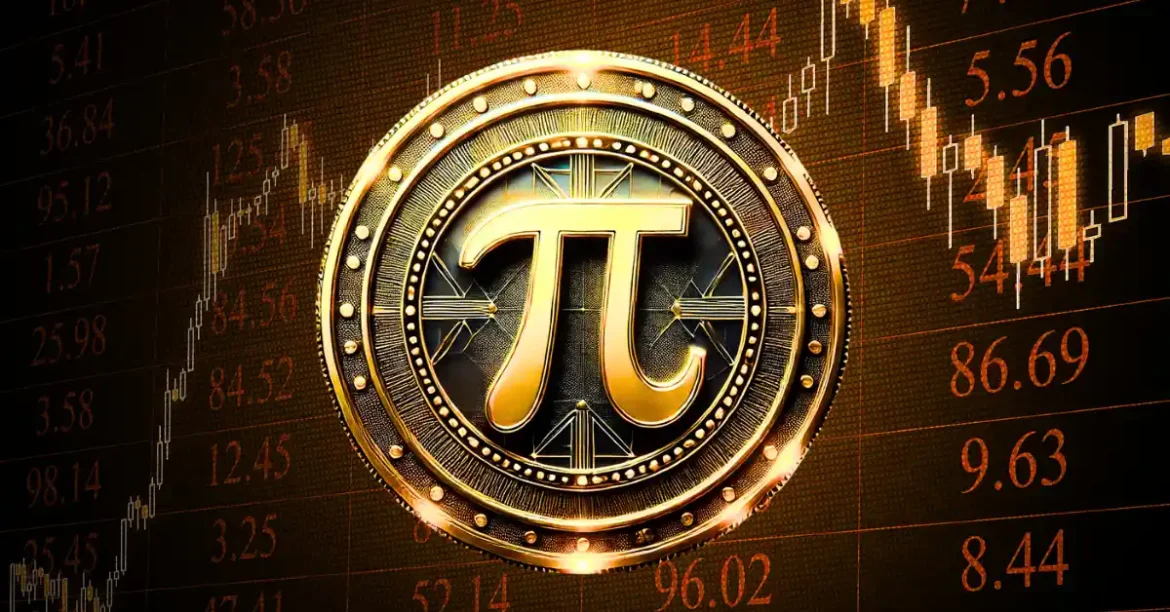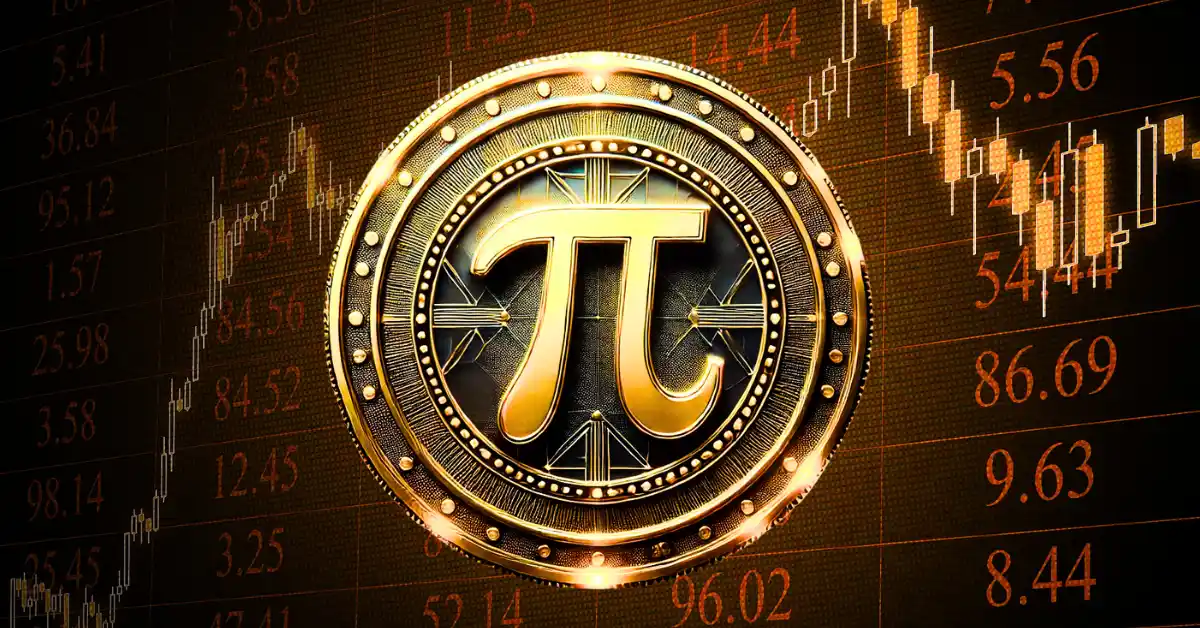The Complexities of Pi Network: Stability, Adoption, and the Path Forward
Introduction: A Cryptocurrency Built on Mobile Mining
Pi Network has emerged as a unique player in the cryptocurrency space, distinguishing itself through its mobile-first approach. Unlike traditional cryptocurrencies that require specialized hardware or significant computational power, Pi Network allows users to mine Pi coins directly on their smartphones. This accessibility has attracted a global community of users, but the project’s long-term viability hinges on its ability to achieve stability and widespread adoption.
The Misguided Pursuit of Stability: Why Pi Isn’t a Stablecoin
The idea that Pi Network could become a stablecoin has been a recurring topic of discussion among its community. Stablecoins, such as Tether (USDT) or USD Coin (USDC), are cryptocurrencies pegged to the value of real-world assets, typically the U.S. dollar. This peg provides stability, making them ideal for everyday transactions and hedging against the volatility of other cryptocurrencies.
However, experts argue that Pi Network is fundamentally different from traditional stablecoins. The project lacks the underlying mechanisms—such as reserve assets or algorithmic controls—that maintain the stability of stablecoins. Instead, Pi Network operates on a consensus algorithm designed for mobile mining, which prioritizes accessibility over price stability.
Kosasi Nakamoto, a well-known figure in the crypto space, has explicitly stated that Pi will never become a stablecoin. This perspective underscores the misalignment between Pi’s design and the requirements of a stablecoin. Similarly, Doris Yin, another industry expert, has clarified that Pi Network cannot function as a stablecoin in the way many users envision. These insights highlight a critical misunderstanding within the Pi community: the belief that Pi can offer the same stability as established stablecoins.
The Stablecoin Competition: A Growing Challenge
The rise of stablecoins presents a significant challenge to Pi Network’s adoption. Stablecoins have gained popularity due to their reliability, regulatory compliance, and widespread acceptance in decentralized finance (DeFi) applications. Users who prioritize stability and security are increasingly turning to stablecoins for transactions, investments, and hedging.
In contrast, Pi Network lacks the regulatory backing and institutional trust that stablecoins enjoy. Without these factors, Pi faces an uphill battle in convincing users to adopt it as a stable medium of exchange. The growing dominance of stablecoins could divert attention and resources away from Pi, making it harder for the project to achieve its goals.
Expert Opinions: A Divided Perspective
The future of Pi Network remains uncertain, as evidenced by the diverse opinions of industry experts. Dr. Altcoin, a prominent crypto analyst, acknowledges the progress made by the Pi Network team but cautions that it may take at least five years for Pi to achieve stability, utility, and ecosystem growth. This long-term outlook reflects the challenges Pi must overcome before it can become a viable alternative to existing cryptocurrencies.
On the other hand, Bybit CEO Ben Zhou has been openly critical of Pi, labeling it a scam and refusing to list it on his exchange. This skepticism highlights the broader concerns within the crypto community about Pi’s legitimacy and long-term viability. The conflicting views among experts underscore the need for Pi Network to address these concerns and demonstrate its potential.
Navigating the Road Ahead: Key Challenges and Opportunities
Pi Network must address several critical challenges to ensure its long-term success:
Price Stability Without Being a Stablecoin
While Pi is unlikely to become a stablecoin, it must still find ways to mitigate price volatility. This could involve implementing mechanisms that provide users with a more predictable value proposition, such as staking rewards or ecosystem incentives.
Building a Robust Ecosystem
A thriving ecosystem is essential for driving adoption and utility. Pi Network must attract developers, merchants, and users to its platform. This includes creating tools and incentives that encourage participation and innovation within the ecosystem.
Regulatory Compliance
Navigating the complex regulatory landscape is crucial for Pi Network’s legitimacy and sustainability. The project must work closely with regulators to ensure compliance and build trust among users and institutions.
Exchange Listings
Gaining listings on major cryptocurrency exchanges would provide increased liquidity and visibility for Pi Coin. However, this requires addressing concerns about the project’s legitimacy and security, which may be a significant hurdle.
Despite these challenges, Pi Network also has several opportunities:
Mobile-First Approach
Pi’s user-friendly mobile mining app makes it accessible to a wide range of users, including those new to cryptocurrency. This accessibility is a key advantage in attracting a global user base.
Strong Community Focus
Pi Network has cultivated a strong and engaged community, which can be a valuable asset for driving adoption and innovation. The community’s support and participation are crucial for the project’s success.
Decentralized Vision
Pi’s commitment to decentralization aligns with the core principles of the cryptocurrency movement. This vision resonates with users who value autonomy and transparency in financial systems.
Conclusion: A Future Yet Unwritten
Pi Network stands at a critical juncture. While the dream of becoming a stablecoin in the traditional sense appears unlikely, the project still has the potential to carve out a unique niche within the crypto landscape. To realize this potential, Pi Network must focus on building a robust ecosystem, addressing concerns about price volatility, and navigating the regulatory landscape.
The success of Pi Network will ultimately depend on its ability to deliver on its promise of creating a decentralized and accessible cryptocurrency for everyday use. Whether Pi can overcome these challenges and achieve its ambitious goals remains to be seen. One thing is certain: the journey will be closely watched by the crypto community.





